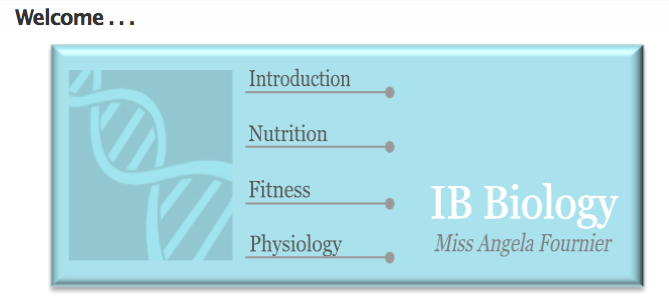It’s no easy feat to create an online learning environment! Starting from scratch, there is an empty canvas waiting to evolve into a rich, diverse and challenging learning space. The optimal platform marries engaging and welcoming esthetics with appropriate learning content.
challenges
For me, there were two aspects of this assignment that I struggled with. The first was choosing the content; it was too easy to get carried away finding online material and developing tasks around them. Trying to narrow down the choices and decide which activities were the most appropriate was a challenge. To allow for different learning styles, I chose a variety of activity types. To meet the needs of a range of learners, I incorporated optional, or bonus, activities as a form of enrichment.
The other aspect that was challenging for me was the presentation. Choosing fonts, colours, layout, images and format brought out the obsessive side of me 🙂 The Moodle program itself didn’t help; not only was it slow to load but it randomly altered fonts and disregarded spacing I had put in. With regards to using the site, this was my biggest frustration.
achievements
Eventually, I gave up trying to make small changes to the layout and formatting. I recognize in myself the need to have everything ‘just so’ and I had to stop playing. Most of the tools Moodle offers were easy to use and allowed for the development of a diverse learning environment. In completing the Nutrition and Physiology modules, I didn’t use every tool that was available, but I would imagine that with a full online experience, a wider range of activities would be employed.
Moodle is an effective method for delivering an online learning experience. Using the SECTIONS framework (Bates & Poole, 2003), it caters to different learning styles (STUDENTS), it provides a straightforward and easy to navigate platform (EASE OF USE), it promotes active learning with discussion and shared activities (TEACHING AND LEARNING), it facilitates collaboration and communication amongst the community (INTERACTIVITY), and offers a viable, promising alternative to the traditional classroom or text based instruction (NOVELTY). With my experience, the SPEED of the program wasn’t as optimal as it could have been with regards to loading, but editing functions and the ability to add activities were simple and quick.
Having used StudyWiz, Managebac and Edline previously, the Moodle program easily competes with it’s abilities and potential for learning. While it takes time to develop an appropriate learning space, I do see this as a natural extension of my classroom and an opportunity to enrich the learning of my students.
References
Bates, A.W. & Poole, G. (2003). Chapter 4: a Framework for Selecting and Using Technology. In Effective Teaching with Technology in Higher Education: Foundations for Success. (pp. 77-105). San Francisco: Jossey Bass Publishers.
Acknowledgements
Cartoons © Randy Glasbergen used with by permission by Randy Glasbergen.
See: www.glasbergen.com

